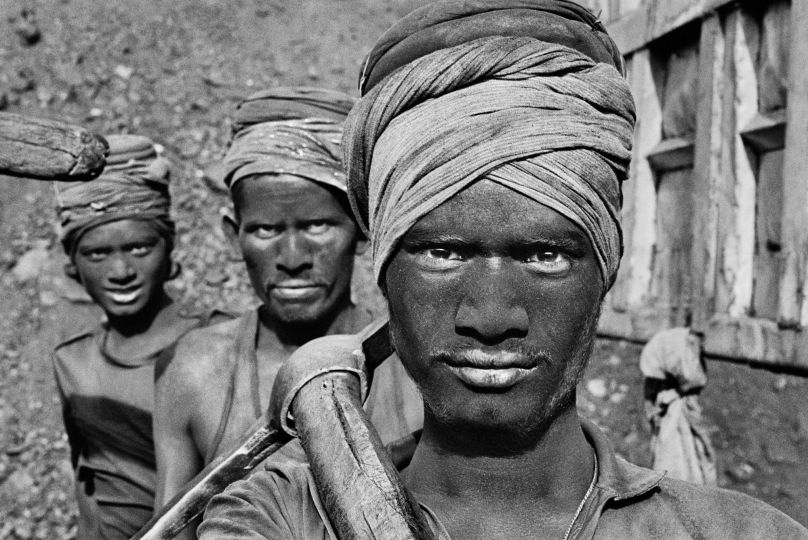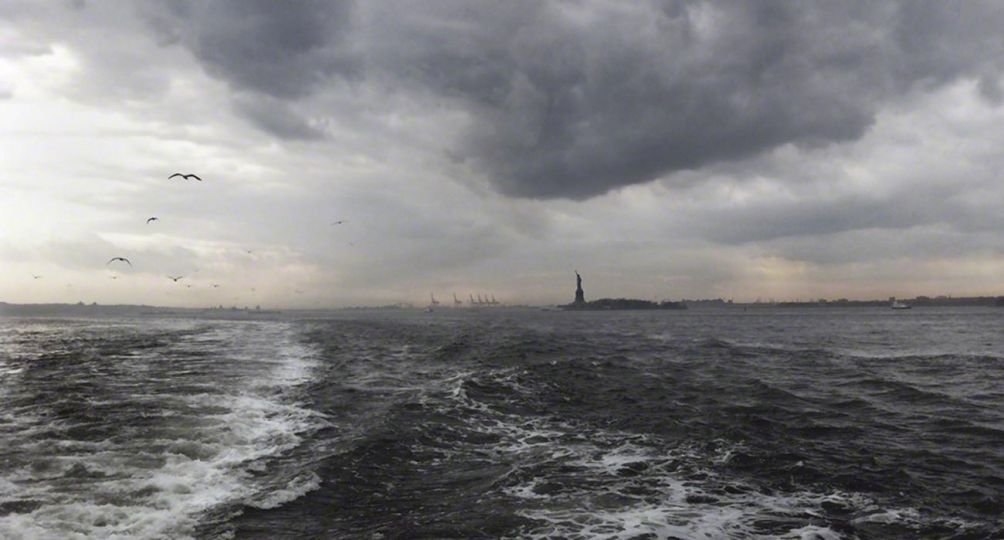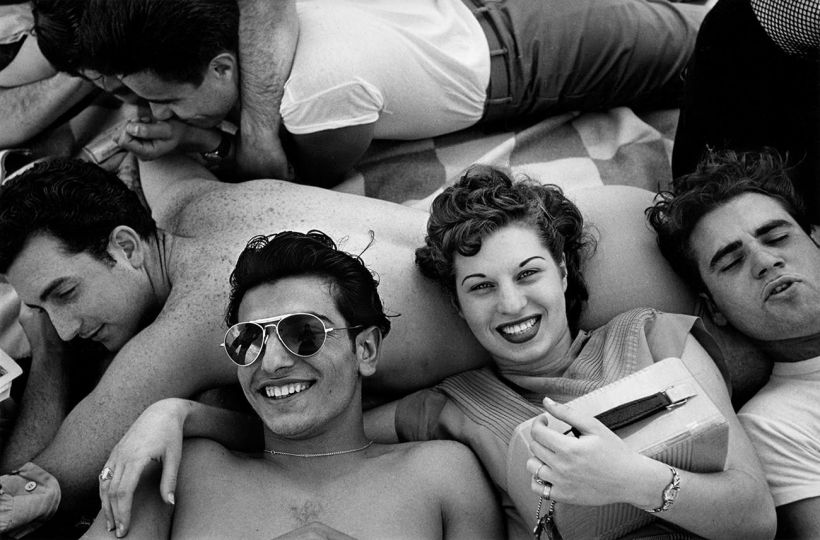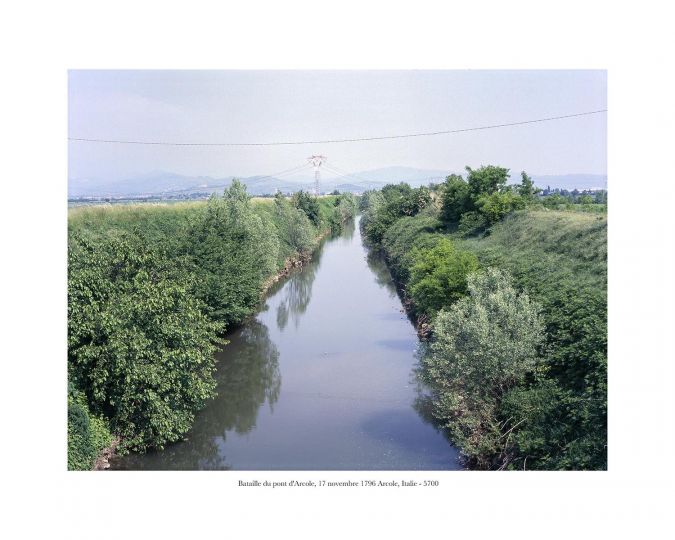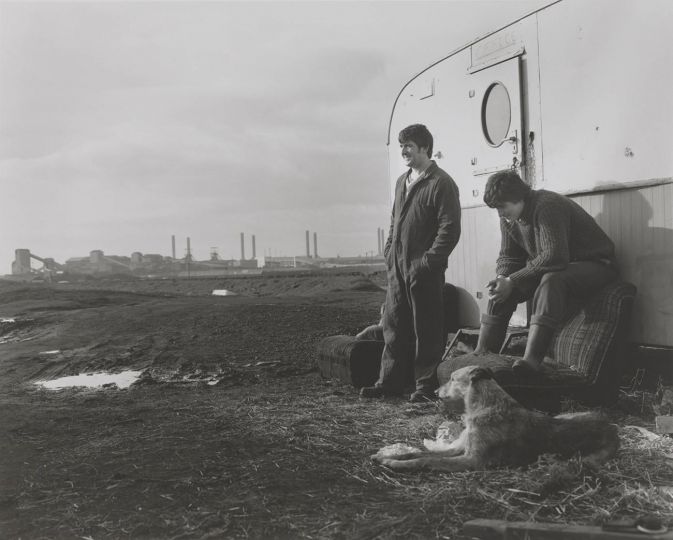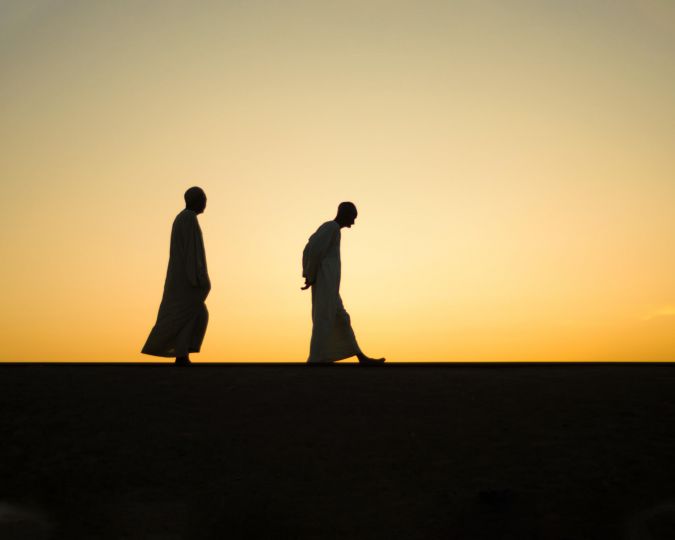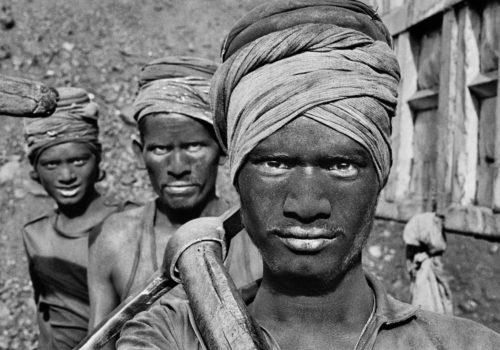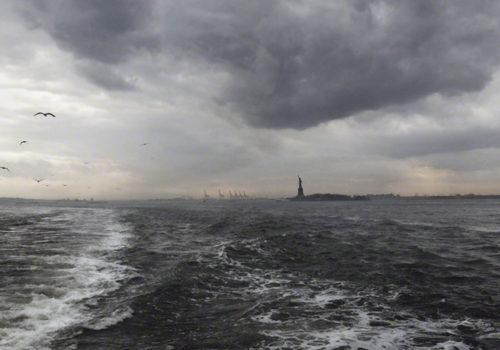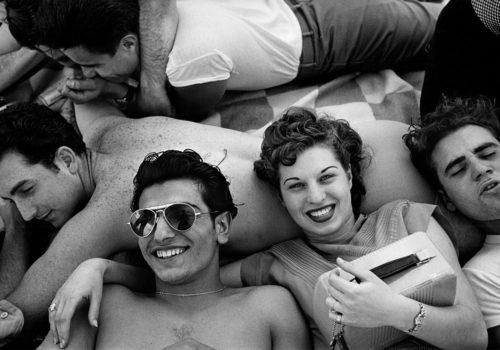Born in Saigon in 1960, as a child, An-My Lê spent several years in Paris, a city where her parents had lived and were married in the late 1950s. In 1975, in the wake of the war, her family left Vietnam permanently and emigrated to the United States. Later, over the course of four years, she documented architectural restorations and inventoried historical monuments, just as Eugène Atget had done in his time. For her first solo exhibition in Paris, An-My Lê presents The Silent General, a collection of new color photographs, first unveiled a few weeks ago at the Whitney Biennal in New York (on view until June 11, 2017). She is also showing black-and-white images from earlier series, including Viêt Nam, Small Wars, and 29 Palms.
Geology and photography did more to upset conventional views of landscape and history than perhaps any other advent of the early Industrial Age. They may now belong to different realms-science and technology-but in a sense they grew up together in the 1830s. Both were disruptive elements in their early days, despite the fact that they could trace their intellectual pedigree back to the research of two eminent British gentlemen-scholars: Charles Lyell and William Henry Fox Talbot.
The photographer An-My Lê practices her artistic craft in a manner that ostensibly belongs within the tradition of nineteenth-century landscape. Her negatives are composed with a large-format view camera (5-by-7) mounted on a tripod. Her prints are black and white, and for the most part untouched by digital techniques. The success or failure of her pictures thus depends primarily on her ability to capture a scene while standing in the field and looking through the viewfinder.
The point of view in Lê’s pictures is likewise straightforward, in the style of a geologic-survey photographer. She eschews early-modernist formal experimentation. There are no vertiginous tilts up or down, no monstrous close-ups of human faces. The blurred motion in many of her pictures is common in the work of nineteenth-century photographers, whose slow shutters were unable to freeze rapid action. In Lê’s case, the blurring is often a choice, an antiquarian gesture that puts her at odds with the aesthetic of edge-to-edge sharpness that prevailed in photography throughout most of the twentieth century.
Lê photographs the world as though from a great distance-formally and emotionally. A sense of her own removal, in both space and time, from the scenes depicted is evident on every page here. The unsentimental coolness of her eye and the exquisite soft-gray palette of her prints can cause temporal confusion in the audience. Even her most recent group of pictures, views of U.S. soldiers training for active duty in and around the deserts of 29 Palms, have a science-fiction quality, as though she were recording events from decades or perhaps centuries ago. Based on up-to-the-minute subject matter, her oblique commentary on the fractious Iraq War nonetheless exhibits a stateliness, a classical reserve more in tune with Poussin’s scenes of Greek and Roman antiquity than with photojournalism.
As a Vietnamese political refugee who arrived in the United States in 1975 at the age of fifteen, Lê is on intimate terms with the rupturing effects of war. Disjunction and displacement are profound themes in her work. But however crucial for her own life this historical schism may have been, its violence has been indirectly experienced, and further distanced and distorted by its representations in American life. This perspective, convoluted though it may be, unifies the photographs in her book entitled Small Wars, the title of which is potentially misleading: there is of course nothing “small” about the consequences of war, or indeed about Lê’s talent.
Richard B. Woodward
Richard B. Woodward is an art critic who lives and works in New York, USA.
An-My Lê
April 20 – May 27, 2017
Marian Goodman Gallery
79 Rue du Temple
75003 Paris
France

